Back in October 2015 I made the plunge into Micro Four Thirds with the Olympus OM-D EM-10 Mark II. Since then, I have been quite happy with Micro Four Thirds as far as image quality is concerned. Many times, I have used EM10 Mark II instead of full-frame dSLR (Canon EOS 5D Mark III) because MFT did the job.
But the E-M10 Mark II has shown durability issues, so I had considered getting another body like the E-M5 Mark II. Although, I held off buying another MFT body because it wasn’t a priority.
The Shooting, Hunting, and Outdoor Trade (SHOT) Show takes place in January every year, and in the months preceding the 2017 show, I was debating on not bringing my Canon 5D Mark III with me for my Media work and going strictly with the E-M10 Mark II. My only concern was the reliability of the E-M10 Mark II and not having a backup camera.
I had already sent the E-M10 Mark II back to Olympus twice for service in 2016. In December 2016, the battery door broke and I had to order a replacement part.
Olympus had announced the E-M1 Mark II, the update to their flagship camera, at the end of 2016, and units were trickling to retailers. I thought to myself that I could get the E-M1 Mark II and use that at SHOT (and bring the E-M10 Mark II as backup), and leave my Canon dSLR kit at home.
So right after New Year’s Day 2017, I went ahead and placed an order for the E-M1 Mark II and I received it in the first week of January.
Out of the box, I immediately took notice of the build quality. The E-M10 Mark II feels like a consumer grade camera even though Olympus used metal for the body. The E-M1 Mark II has more rugged feel to it.
I was surprised that the top controls were quite similar to the E-M10II, albeit the top controls were a bit beefier on the E-M1II and were laid out accordingly to the larger landscape.
The controls on the back of the E-M1II are also similar to those of the E-M10II, just laid out differently with a couple of extra controls.
One feature I noted and like is the locking mechanism on the mode dial. The lock mechanism is a push button toggle similar to that found on the Canon 5D Mark III, so the mode dial can be set such that it cannot turn while the center toggle button is in the locked position. This prevents accidental movement of the mode dial. Although, I don’t think this is going to be a problem on this camera due to the small size of the mode dial, and the unlikely chance the mode dial gets rubbed by another object while carrying on a strap (or sling).
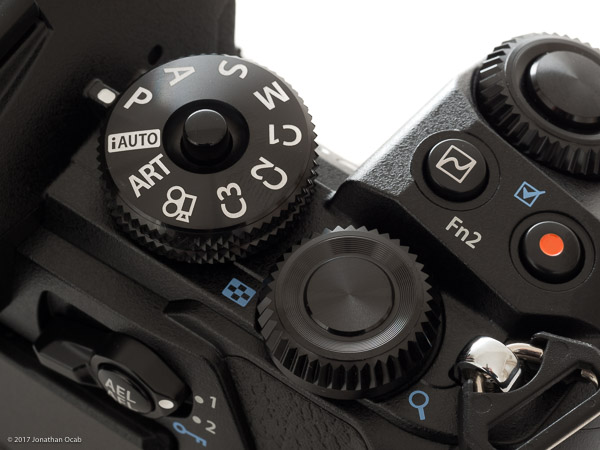
The E-M1 Mark II also sports dual SD slots. But the big controversy is that only slot 1 is UHS-II capable, while slot 2 maxes out at UHS-I. While this isn’t a big deal if you only write out to the card in slot 1 for video (or in general), but if you decide to write out the same shot to both cards at the same time (like a RAID1 mirror), you are limited by the speed of slot 2.
The BLH-1 battery of the E-M1II has a higher capacity 1720mAh battery over the 1210mAh BLS-50 battery of the E-M10II.
Just like with the E-M10II, the E-M1II charger comes with a long cable, but I used the C7 to NEMA 1-15P adapter trick to slim down the charger profile when transporting.
Since mirrorless is notorious for the short battery life (compared to dSLR), I did buy a spare battery, which thankfully came it a nice plastic case.
With the regulations regarding air travel with batteries, I hope more manufacturers start selling their rechargeable batteries with better cases.
For those not familiar with Olympus OM-D bodies, the menu system is not that great. A lot of people criticize the menu system. I personally do not think it is terrible, but is definitely not good.
I know I have been using Canon for several years prior to Olympus, so I am very much used to how a Canon menu is laid out. When I got my first Olympus, the E-M10 Mark II, it took me a little while to get used to the system. The E-M1II is similar to the E-M10II. I will admit that I forget where some of the more specialized settings are (e.g. turning on ‘blinkies’ for blown highlights in review mode). So yes, the Olympus menu system could be improved, but I don’t think it is a showstopper.
Now as far as form factor compared to the E-M10 Mark II, the E-M1 Mark II is definitely bigger, but it is still a smaller platform to any dSLR.
It is only slightly taller, and the increased depth is mainly due to the palm/grip swell which creates a comfortable hand grip surface area.
A notable feature for me coming from the E-M10 Mark II body is the fully articulating screen on the E-M1 Mark II. The real reason why I actually care about this is for vlogging purposes. I still use my Canon EOS M for vlogging (the original M) which doesn’t have an articulating LCD. So I might actually start using the E-M10 Mark II for vlogging.
Most people are going to key in on the 20 Megapixel sensor, which is a jump up from the 16MP sensor that is common amongst most of the Micro Four Thirds cameras prior to the E-M1 Mark II (and the pending Panasonic GH5).
While I did not do any sort of detailed image comparisons between this body and the E-M10 Mark II, or other types of testing like high ISO and low light, I will say that I have not seen any noticeable faults with the new sensor in my usage.
This write-up is not a focus in on image or video quality specifics. There are plenty of established photo review sites that have already done extensive sensor and image testing and comparisons.
Now as far as actually using the E-M1 Mark II, I felt very comfortable with it when I took it out to Las Vegas in January for SHOT Show 2017.
I usually use a camera strap in a single point configuration connected to the camera via Arca-Swiss compatible plates, but for SHOT Show, I deployed with a Peak Design Capture Pro Camera Clip.
I put the clip base on my backpack strap and kept the E-M1 Mark II on the bag in this manner when not in use.
I was able to run the E-M1 Mark II in the Sands Expo in Las Vegas for SHOT Show 2017 without issue. My main setup was the E-M1 Mark II and the Olympus M. Zuiko Digital ED 12-40mm f/2.8 PRO. With maximum aperture of the 12-40mm f/2.8 combined with the excellent 5-axis In Body Image Stabilization (IBIS) and the respectable performance at ISO 1600 and 3200, I did not have any regrets ditching my Canon 5D Mark III for the convention.
If you watch the 2017 SHOT Show Recap video I embedded earlier in this write-up, you will see some of the 4K footage from the camera. It was all vlog-style footage, but it gives an idea of the video capabilities are for the camera (video quality, IBIS, etc).
As with the E-M10 Mark II, I use wireless flash units with the E-M1 Mark II via PocketWizards radio controllers. I will typically just run a PocketWizard Plus III on the camera to trigger strobes with PocketWizard receivers (or even a Canon 580EX II with a PocketWizard FlexTT5).
While I already use my existing lights, I looked into the Elinchrom EL-Skyport Plus HS (for Olympus) which provides Hi-Sync capabilities with certain Elinchrom lights. Hi-Sync is essentially a way to use flash at high shutter speeds (faster than camera sync speed).
I had no luck with PocketWizard Hypersync on the Canon platform with Paul C Buff Einstein E640 strobes (works with B1600, though), but was willing to risk some money on trying Elinchrom’s solution on the Olympus MFT platform.
So I picked up one of the EL-Skyport Plus HS units and an Elinchrom D-Lite RX 4 light.
I want to talk about the Elinchrom Hi-Sync technology in more detail in another post, so I will simply say that Hi-Sync and Elinchrom flash works great out of the box with the Olympus E-M1 Mark II. More details to come in another post in the very near future.
But the reason why I bring up lighting is because I still want to dabble in portrait photography, even though I pretty much stopped shooting that genre these past couple years.
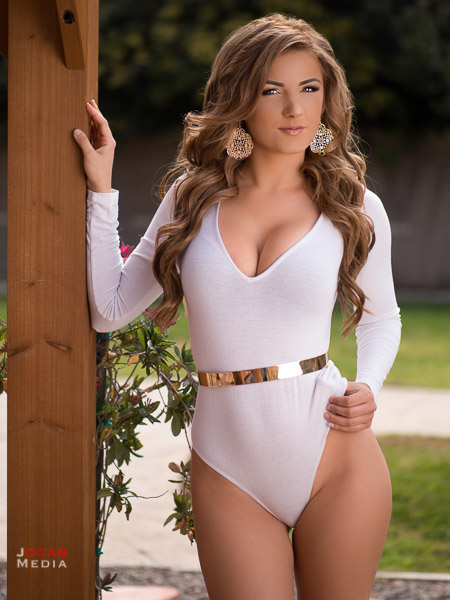
The first photo is an example of using Elinchrom Hi-Sync. As you can see in the photo caption, it was shot at 1/3200s, f/1.2, and ISO 64 with the Elinchrom light. The sun was high in the sky behind the model.
I actually used a Panasonic Leica 42.5mm f/1.2 DG Nocticron ASPH Power OIS that I rented from Lensrentals.com. The Panasonic 42.5mm f/1.2 is a highly regarded lens and provides an 85mm effective focal length in terms of 35mm sensor size (full frame), which is the classic portrait focal length. It is a pricey lens at around $1500, so I decided to rent it first before taking the plunge on it.
Without getting too deep in the weeds about the Panasonic 42.5mm f/1.2, it does pair well with the Olympus E-M1 Mark II. You need to turn off the optical image stabilization (OIS) since it won’t work with the Olympus body, but other than that, it functions great.
It is very sharp wide open and stopping down just gets even better. The vignetting that is discussed with regards to the lens is not much of an issue (and can be resolved in post, if needed).
The following photo was also shot with the Panasonic 42.5mm f/1.2 on the E-M1 Mark II, and single lit with the Elinchrom D-Lite RX 4 and Elinchrom Rotalux 135cm soft octa.

So after all this, what is my assessment of the Olympus OM-D E-M1 Mark II?
I think it the E-M1 Mark II is a fantastic camera. From a still photography standpoint, I started off with Canon APS-C dSLR, went to Canon full frame dSLR (which I still own), and am an advocate of larger sensors. But after jumping into Micro Four Thirds and using it not just for while on the go, but also for at home (studio) scenarios where form factor is not an issue, I feel that MFT is definitely a viable option for many people.
The E-M1 Mark II strengthens the feasibility of an MFT camera for photographers.
If anything, the huge negative for the E-M1 Mark II is the price. The US price at the time of announcement is $1999 and is pretty much the price everywhere at the time this was published. $2K is a quite a bit of money, especially when you can get feature rich APS-C dSLRs for $1K give or take (e.g. Canon EOS 80D for $1099). I remember reading thoughts and opinions about the $2K price point when the E-M1 Mark II was announced and I understand the complaints about how this is nearly twice the price of their ‘mid-range’ E-M5 Mark II.
But the flagship camera for Olympus is priced accordingly based on what it brings to the Micro Four Thirds arena and the Olympus product catalog as a whole, specifically:
- 20MP Live MOS Sensor
- Advanced 5-axis IS (works with Olympus optical IS lenses)
- Weatherproofing
- 15fps sequential shooting
- 60fps sequential shooting, electronic
- 1/8000s mechanical shutter
- 4K video
- 121-point dual FAST Auto Focus
- 50MP High-Res Shot Mode
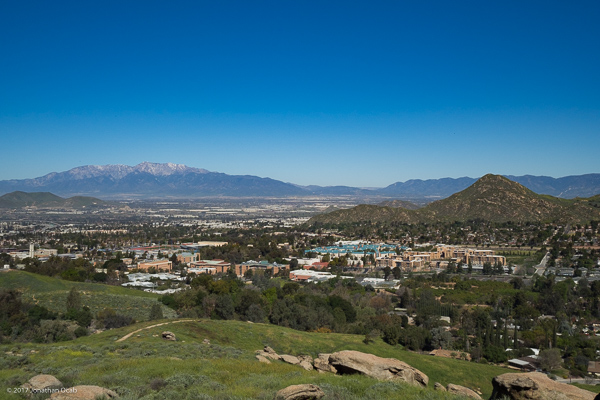
On paper, some other dSLRs might be able to match some of these features. But the issue here is that the E-M1 Mark II brings the above feature improvements, along with standard features (e.g. touchscreen, Wi-Fi, articulating screen), to a Micro Four Thirds body.
Do I recommend this camera? It is very hard to say. I can definitely say that the E-M1 Mark II is a great camera.
But I cannot outright tell you to buy it. There are so many other options out there in the mirrorless arena, not just MFT.
One good example is the Sony A7 series. A few of my friends shelled out for the Sony A7R II to get a full frame mirrorless camera. At $3000 (give or take depending on sales), it would seem like a ‘bargain’ compared to full frame dSLR considering it gives 4K video capabilities along with a highly regarded full frame sensor in a mirrorless form factor. Then there are the APS-C Fuji mirrorless cameras which in most regards are technically better in the sensor / image quality category to MFT.
If you are already using Micro Four Thirds and have MFT lenses, and want to continue with this platform, I would say the Olympus OM-D E-M1 Mark II is going require serious consideration.
If you do not have Micro Four Thirds equipment already, I would highly recommend getting the Olympus E-M5 Mark II (or the E-M10 Mark II), or one of the equivalent Panasonics, to see if you even like the MFT platform. Either of those cameras will be more than enough for most people and if you find yourself wanting more after a year or so, and like the MFT platform, you can step up to the flagship model and keep the other body as a backup.
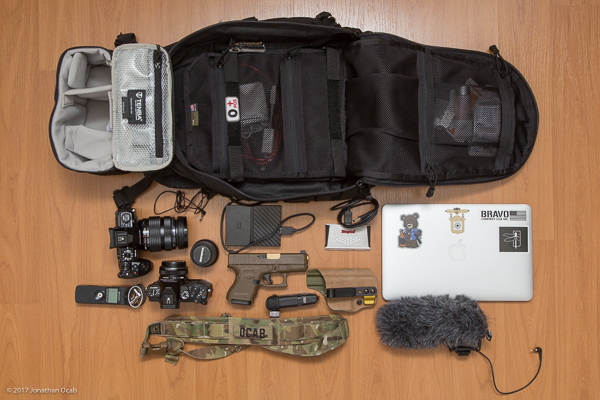
All in all, I do like the Olympus OM-D E-M1 Mark II. It has a ton of features that makes it worthy of being the flagship camera for Olympus Micro Four Thirds.
The added features of the E-M1 Mark II over the E-M10 Mark II made the jump worthwhile for me. The fully articulating screen, weatherproofing (or resistance), and more rugged build were things I wanted, especially if I were going to take the camera out as my primary on a trip or gig.
But if I had already owned the E-M5 Mark II, I probably would not have bothered to acquire the E-M1 Mark II when I did. I would definitely want the E-M1 Mark II over the E-M5 Mark II, but that leap would have been harder to justify, especially with the price.
As it stands, I am very happy with the Olympus OM-D E-M1 Mark II and have no regrets buying it (except for the lighter wallet).
This is not meant to be an authoritative review of the E-M1 Mark II. This is merely my take on my new acquisition and how it fits my use cases. If you want an in-depth analysis by folks who review photography gear for a living, check out these sources:
Note: From the time when I acquired the E-M1 Mark II in January up until 2017-03-08, Adobe RAW support for the E-M1 Mark II was in a ‘preliminary’ state. Adobe Camera RAW and Lightroom’s RAW engine recognized the RAW files and I was able to work on them with Lightroom and Photoshop. But the support was considered ‘official’ when Adobe Camera RAW 9.9 was released on 2017-03-08.
- 1/160s, f/11, ISO 400 at 23mm.
- 1/125s, f/8, ISO 200 at 27mm.
- 1/30s, f/2.8, ISO 800 at 12mm.
- 1/40s, f/2.8, ISO 1600 at 12mm

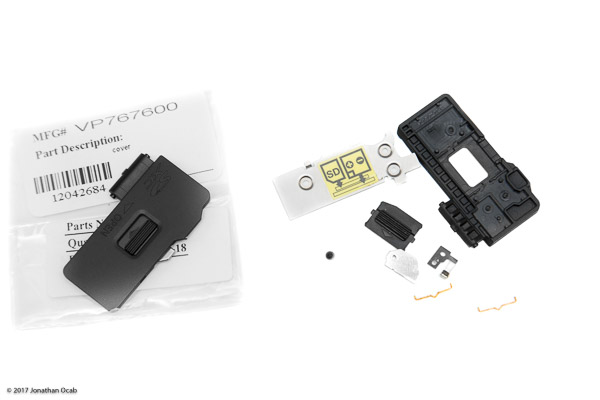
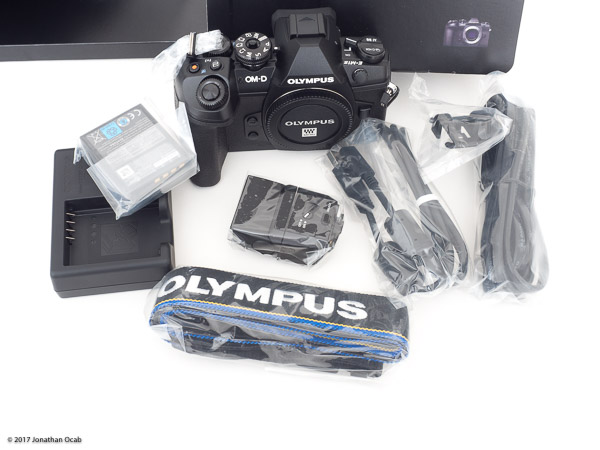

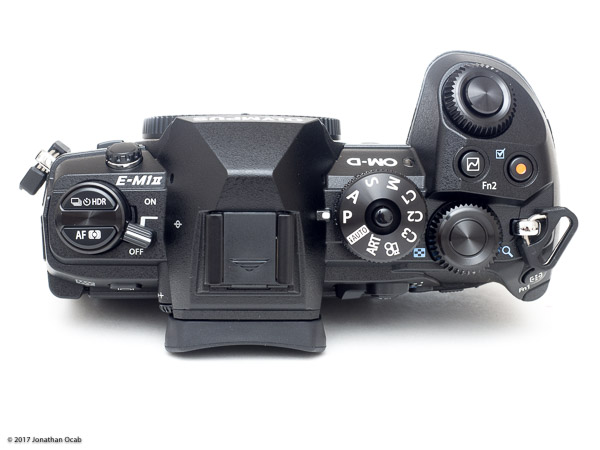
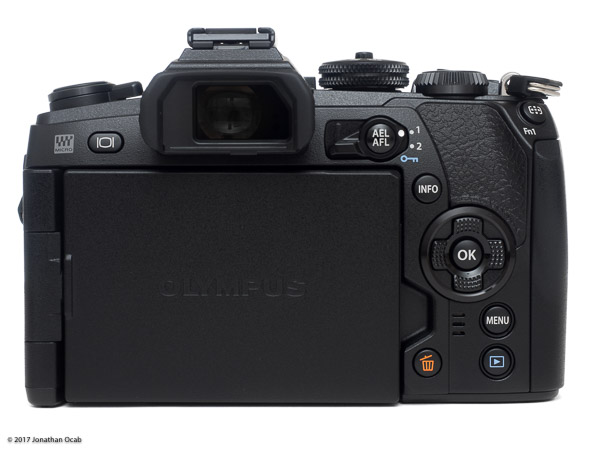
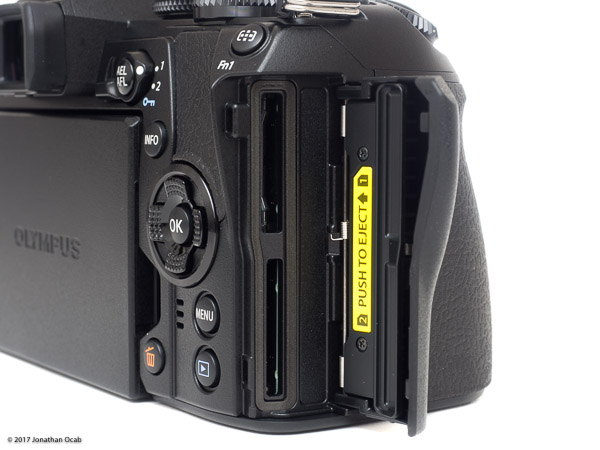
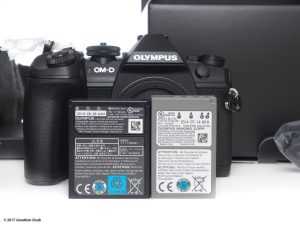
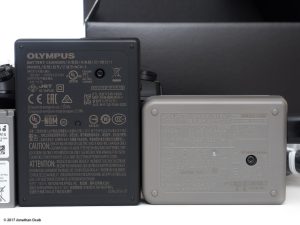
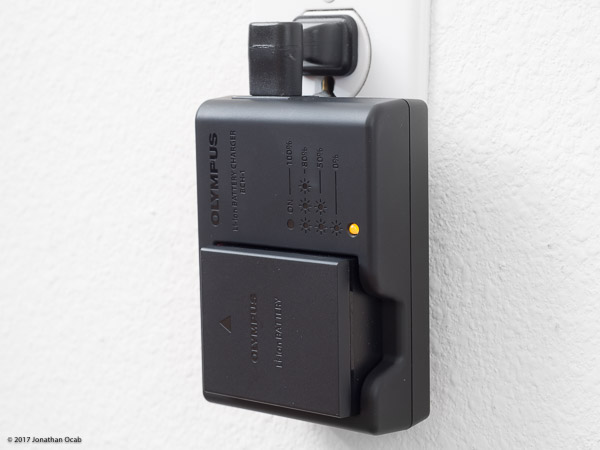
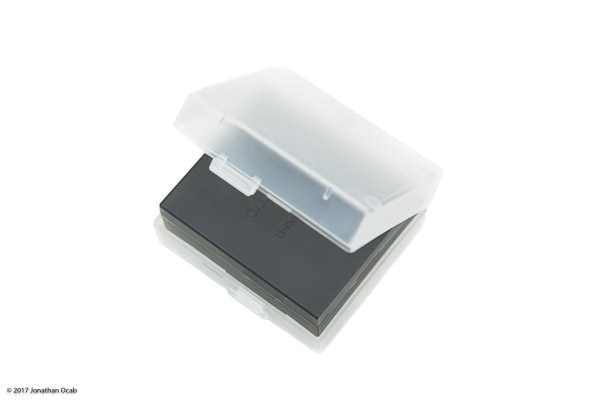
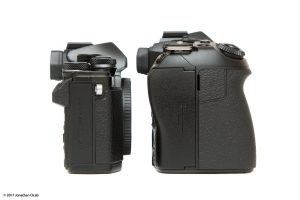
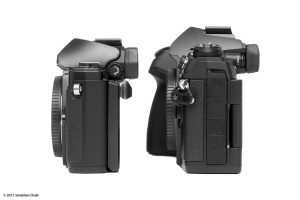
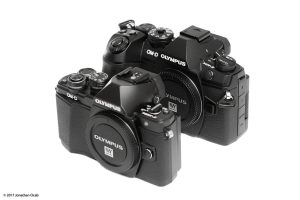
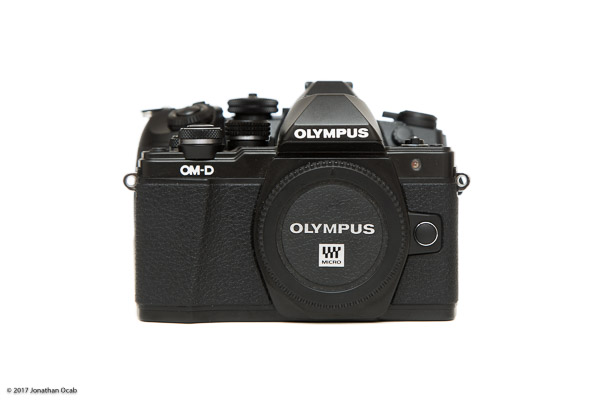
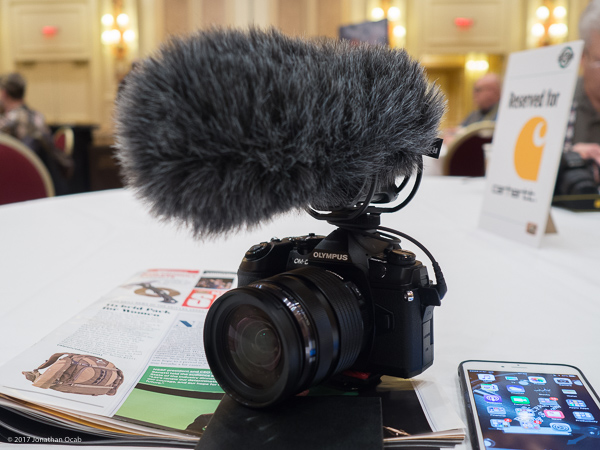
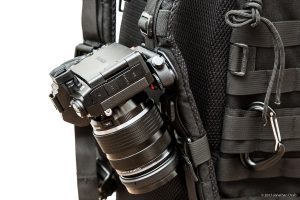
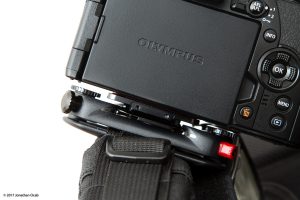
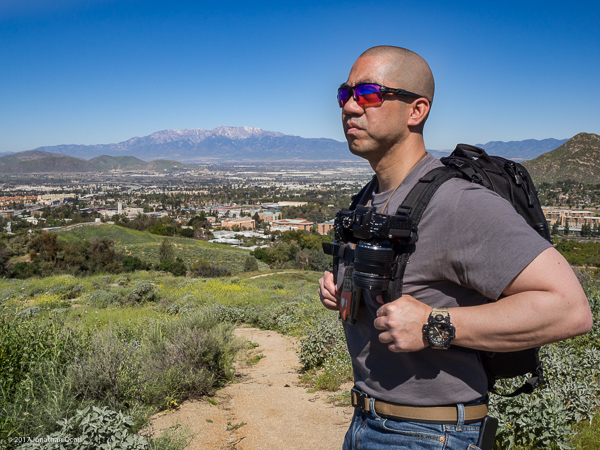




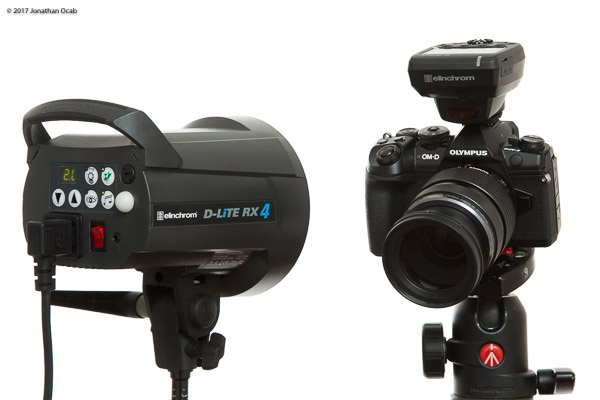
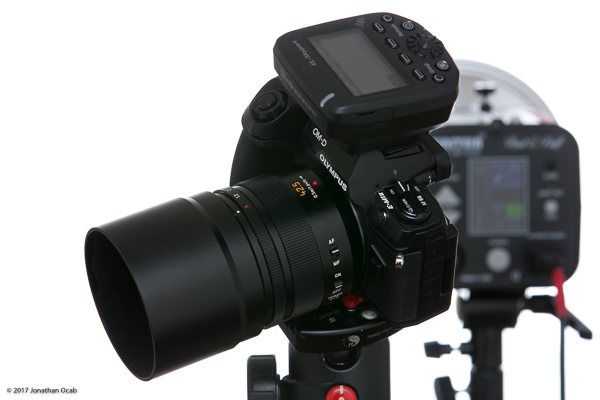
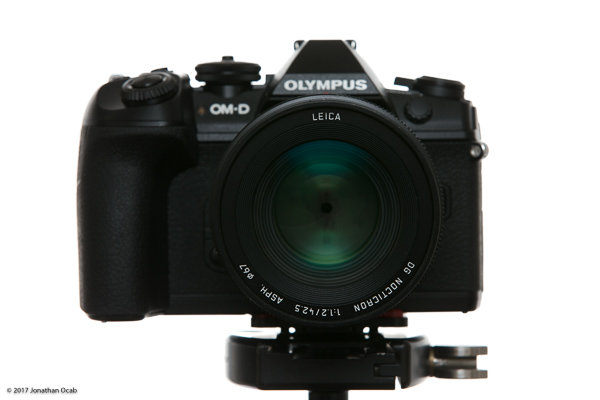
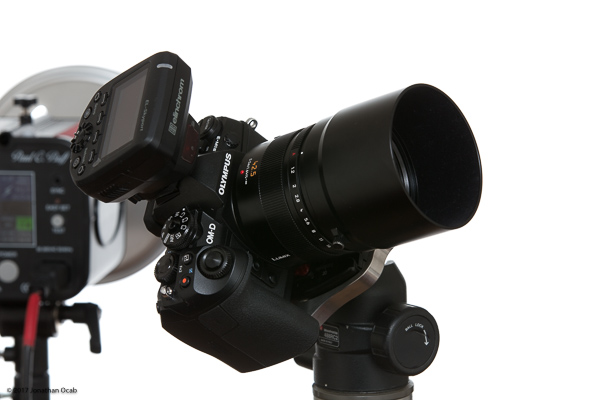
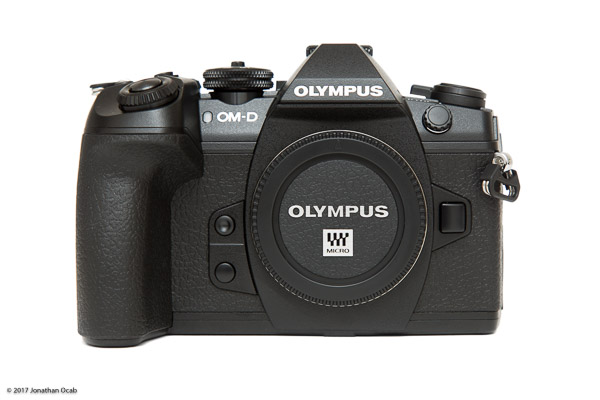

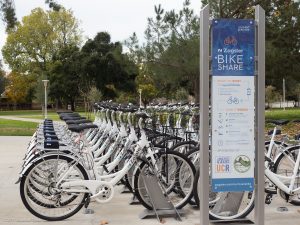
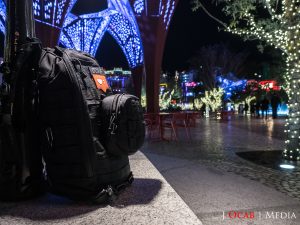

Comment on this post